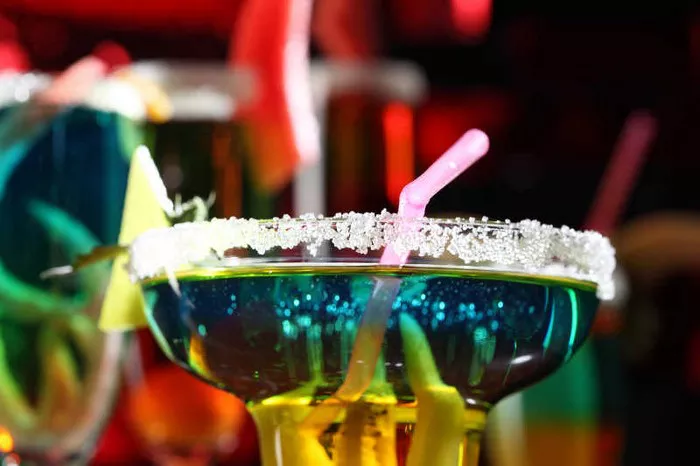The burgeoning popularity of hard seltzers in the American alcohol market is undeniable, permeating everything from social gatherings to supermarket shelves. Over the past decade, these ready-to-drink (RTD) beverages have surged from a mere 3 percent to approximately 12 percent of the total alcohol market. Presently valued at over $36 billion, this sector is projected to approach $100 billion by 2031. However, beneath this effervescent growth lies a contentious battle involving protectionism and regulatory hurdles in state legislatures nationwide.
An examination of the labeling on these canned cocktails reveals a notable detail: many are not concocted with distilled spirits, as one might assume, but rather with malt-based alcohol. Remarkably, until recently, basic combinations such as Jack Daniels and Coca-Cola were unavailable in the United States.
This distinction isn’t driven by consumer preference but rather by governmental policies. In the United States, distilled spirits face significantly higher taxation rates compared to beer and other malt-based products. Furthermore, stringent regulations in numerous states dictate where spirits can be retailed, often restricting them to licensed liquor stores or government-controlled outlets, rather than allowing sales in grocery stores. As a result, genuine canned cocktails crafted with distilled spirits encounter both elevated taxes and restricted market access.
Disparities in the treatment of spirit-based and malt-based RTDs are stark, with the rationale behind these differing regulations appearing illogical. Many spirit-based RTDs have alcohol by volume (ABV) percentages comparable to malt-based versions, typically ranging from 5 to 6 percent. For instance, while a can of malt-based White Claw contains 5 percent ABV, High Noon’s vodka-and-soda canned cocktail registers at 4.5 percent ABV.
Despite the similarity in alcohol content, only 29 states permit the sale of spirit-based RTDs in grocery and convenience stores, while nearly all states allow malt-based RTDs in these same outlets. Moreover, 45 states levy higher taxes on spirit-based RTDs than on malt-based offerings, often with a substantial tax gap. For example, in West Virginia, a malt-based RTD with a 6 percent ABV is taxed at a mere 2 cents per can, whereas a spirit-based RTD with the same ABV incurs a tax of 71 cents.
The beer industry, predominantly focused on malt-based RTDs, actively advocates to maintain the status quo of high tax rates and limited market access for canned cocktails made with real distilled spirits. Numerous states are currently deliberating bills aimed at achieving tax parity and equal retail access for all types of RTDs. In every one of these states, the beer industry vehemently opposes such reforms.
Rather than transparently acknowledging its protectionist motivations, the beer industry frames its resistance to equal treatment for RTDs as a defense of beer as a beverage of moderation, opposing the perceived risks associated with liquor consumption—an argument harking back to the temperance movement.
In 2022, former CEO of the Beer Institute Jim McGreevy went as far as characterizing spirit-based canned cocktails as “gateways to higher ABV products,” contending that the presence of lower ABV products in a distillery’s portfolio doesn’t justify a lower excise tax rate on any of its products.
The notion that a consumer enjoying a High Noon canned cocktail would suddenly escalate to consuming potent scotch throughout the night is as improbable as expecting a child relishing chocolate milk to demand black coffee every morning.
Furthermore, the beer industry’s “Stand With Beer” campaign suggests that not only does liquor have a higher ABV level than beer, but even cocktails—including pre-mixed canned cocktails—are more alcoholic than beer. However, the campaign’s website compares various popular cocktails to a 5 percent ABV lager in a 12-ounce can, rather than considering, for example, a 12 percent Double IPA in a 16-ounce can.
Instead of perpetuating outdated government regulations that uphold an arbitrary system of winners and losers, policymakers should pursue reforms that foster competition and consumer choice. Retail restrictions based on alcohol type should be abolished, allowing all alcoholic beverages—or at least products with similar ABV levels—to be sold in the same outlets. Moreover, taxation should be based on ABV levels, establishing a straightforward and unbiased formula that doesn’t confer undue advantages to any particular segment of the beverage market.
The American beer market, renowned for its diversity, quality, and innovation, should not rely on preferential government regulations to remain competitive. It’s time to allow the best hard seltzer to prevail.


